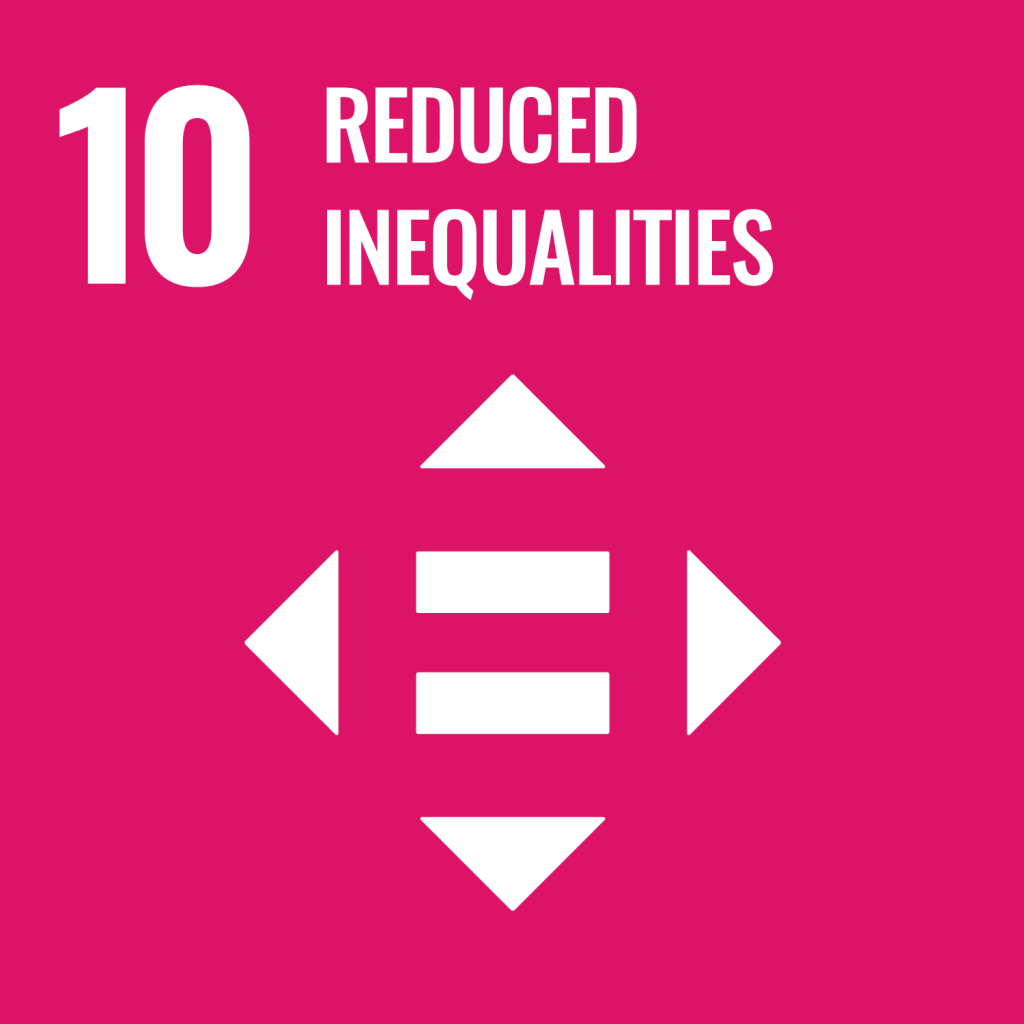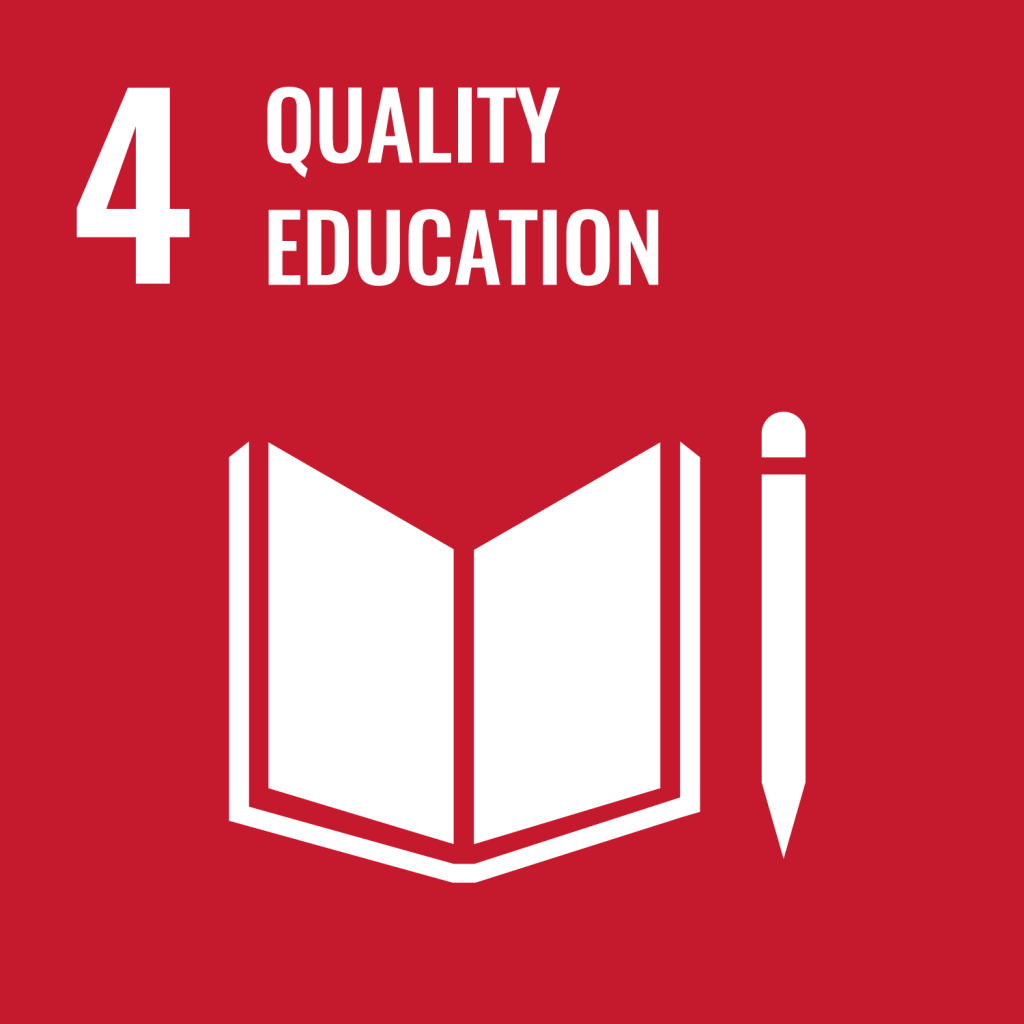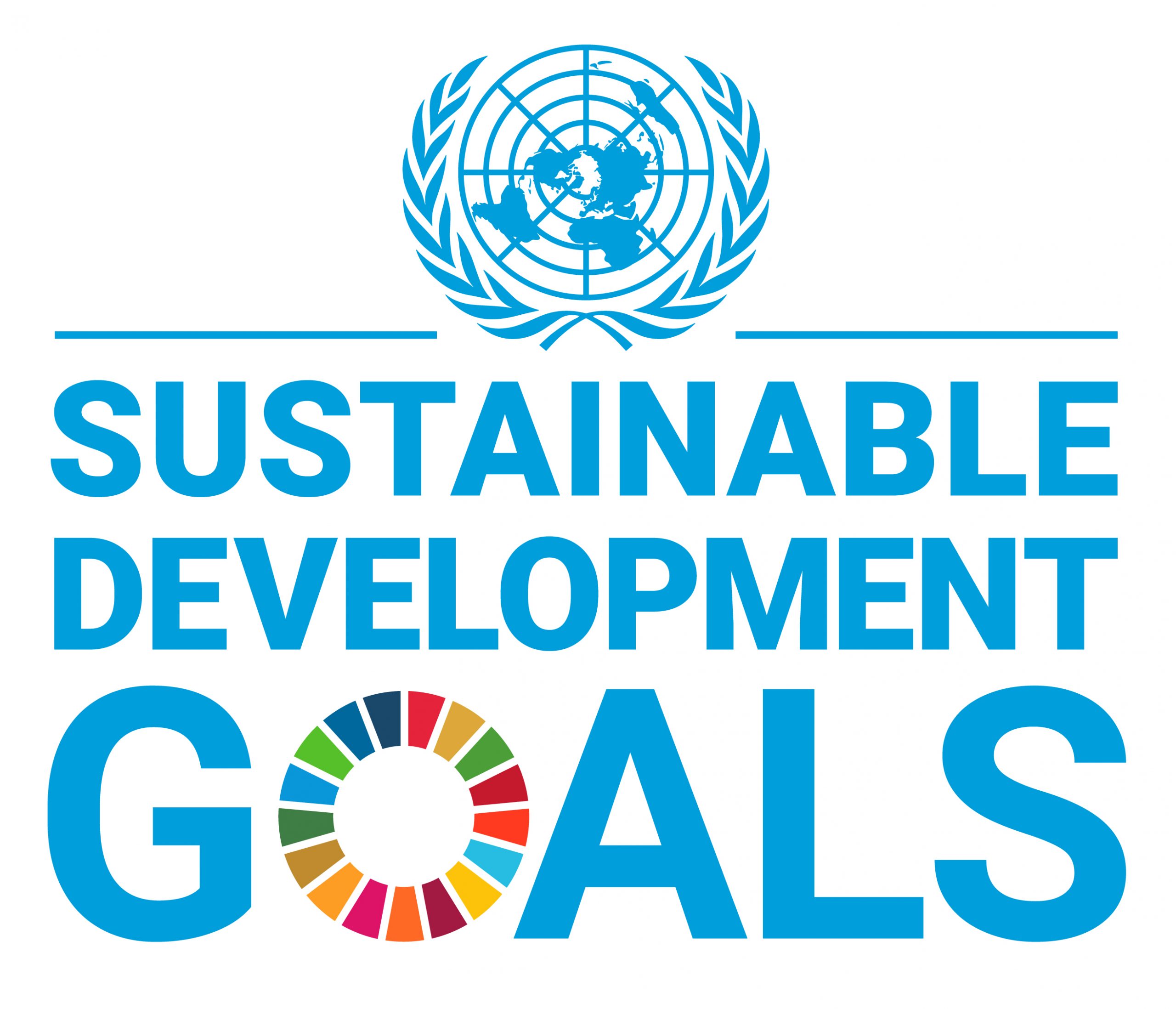Children’s Leisure Assessment Scale – CLASS
A self-report questionnaire on participation in leisure activities, regarding the child’s perception of time invested in leisure activities and their ambitions to participate in activities.
The concept of diversity is defined differently by different groups in different areas of learning. As a result, there are different definitions of learning disability, non verbal learning disability, and specific learning disorder.
The DSM 5 psychiatric diagnosic manual (APA, 2013) defines specific learning disorder as a neurodevelopmental disorder.
Learning difficulties (reading, reading comprehension, writing, writing expression, practicing math) start in early childhood, but continue throughout adulthood.
The level of severity of a specific learning disability can vary from person to person, but functional difficulty is a necessary criterion for diagnosing.
The diagnosis of learning disabilities is currently performed by didactic and psycho-didactic professionals
Occupational therapists are part of the team of recognized professionals for diagnosing learning disabilities in higher education. The team includes a specialist psychologist with a master’s degree in learning disabilities, a specialist doctor, and an occupational therapist or a communication clinician with a master’s degree (according to the Ministry of Education in Israel).
Even before a diagnosis is made, occupational therapists work with children, adolescents, and adults with learning disabilities at various levels.
Learning disabilities can also manifest outside of academia in situations such as shopping, bus travel, driving, home organization, time management, and money management.
Occupational therapists address the functional challenges associated with the learning disability.
Furthermore, the disorders often occur with additional disorders such as DCD (developmental disability in coordination) and ADHD (Attention Deficit Hyperactivity Disorder). Occupational therapists have experience relating to those conditions, so they can assist with constructing a comprehensive plan that addresses a variety of issues.
Occupational therapy processes begin with identifying the focus of strengths and challenges and analyzing the occupations and activities in a person’s daily life. Therefore, we ask questions about their daily routine and other areas where difficulties might occur. We also ask about strategies they use and the resources they have in their personal environment.
For children – most of the learning difficulties will be reflected in kindergarten and at school. We will do collaborative thinking with the parents and the child about the challenges and the meaningful issues for intervention in the child’s different environments.
For adolescents – difficulties might appear in additional environments other than the educational framework, for example, in studying of driving theory and obtaining a driving license. An occupational therapist will perform an assessment of spatial visual perception, working memory, etc.
For students – we will evaluate their abilities, challenges, and performance when it comes to the academic world. the academic world, for example, filling out for registration at an academic institution, time management in the preparation of academic assignments and learning for exams, writing and typing skills.
We will look at ways to tailor learning methods to unique profiles, health management, and quality of life strategies.
A self-report questionnaire on participation in leisure activities, regarding the child’s perception of time invested in leisure activities and their ambitions to participate in activities.
A parent report questionnaire regarding their children’s participation in play and leisure activities.
A tool for detecting difficulties in producing a legible writing product.
A self-report questionnaire for children, relating various writing skills required from them.
A screening questionnaire evaluates the child’s writing skills in order to identify writing difficulties.
Time Organization and Participation Scale for detecting difficulties in the organisation of daily life tasks on time
Hidden Dropout among High-School Immigrant Students: The Case of Ethiopian Adolescents in Israel- A Pilot Study.
Automatic segmentation as a tool for examining the handwriting process of children with dysgraphic and proficient handwriting.
The relationship between biomechanical ergonomic factors, handwriting product quality, handwriting efficiency, and computerized handwriting process measures in children with and without handwriting difficulties.
Learning disabilities among adults: An application of the ICF model as a key for the understanding of individual needs
Which characteristics predict writing capabilities among adolescents with dysgraphia?






כתובת: אוניברסיטת חיפה, אבא חושי 199, ת.ד 3498838, בניין אשכול, חדר 903
טלפון: 04-8240474 | דוא״ל: chaphaifa@gmail.com
עקבו אחרינו: